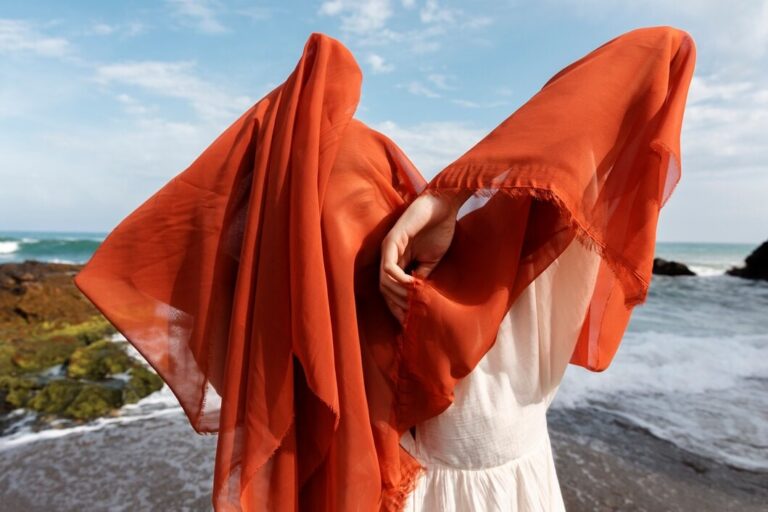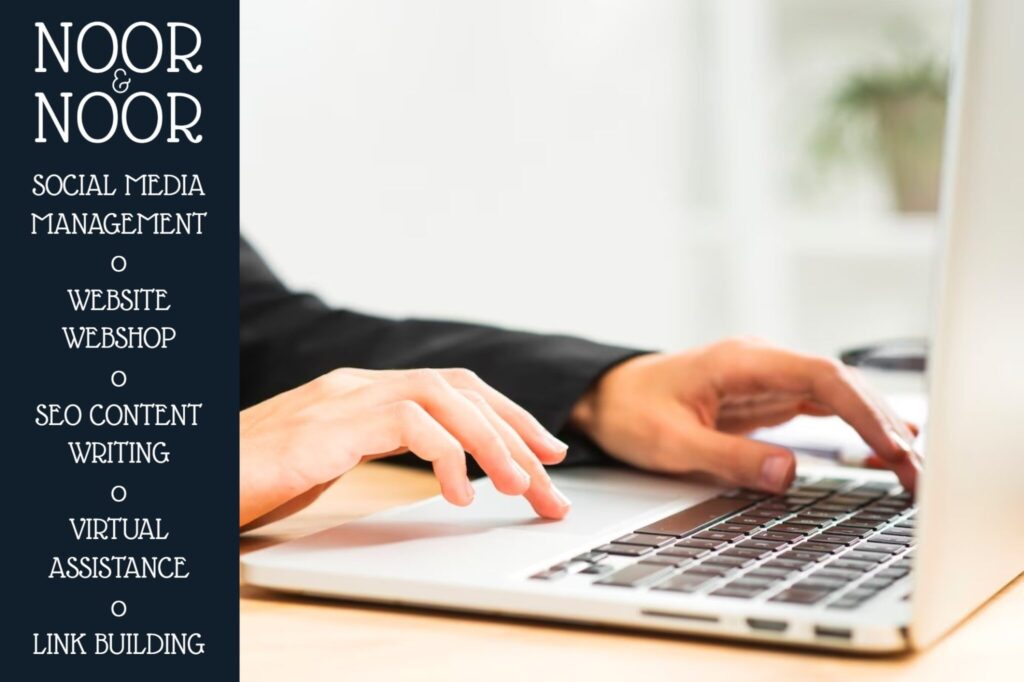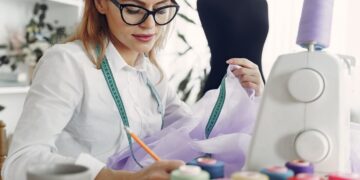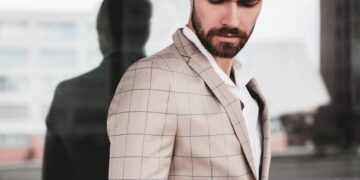As the global push for sustainability continues to reshape industries, Morocco is emerging as a key player in sustainable fashion in 2025. This North African country, known for its vibrant textiles and rich cultural heritage, is leveraging its resources, traditions, and youthful entrepreneurial spirit to build a more sustainable and innovative fashion ecosystem. Here’s a look at how sustainable fashion is expected to develop in Morocco this year.
Embracing Tradition for Modern Sustainability
Morocco’s artisanal heritage is an untapped goldmine for sustainable fashion. Techniques like hand-weaving, natural dyeing, and embroidery—passed down through generations—offer eco-friendly alternatives to fast fashion’s high-energy processes. Many Moroccan designers are now reviving traditional methods to create contemporary pieces, which appeal to both local and international markets.
For example, the Moroccan craft of “Zellij”—traditionally used in tiling—is being adapted into textile patterns, showcasing the country’s ability to merge heritage with modern fashion. By doing so, Morocco is not only reducing its ecological footprint but also preserving its cultural identity.
Government Policies Supporting Green Initiatives
The Moroccan government has introduced several policies to encourage sustainable practices across industries, including fashion. In 2025, subsidies for eco-friendly startups and tax incentives for sustainable manufacturing are empowering designers to adopt greener production techniques. These policies align with Morocco’s broader environmental goals, such as the Green Morocco Plan and commitments to renewable energy.
Additionally, Morocco’s focus on building infrastructure to support the circular economy is gaining traction. Recycling facilities for textiles and pilot programs for sustainable farming of cotton and hemp are creating a supportive ecosystem for sustainable fashion to thrive.

The Role of Technology in Sustainable Fashion
Technological advancements are a significant driver of sustainable fashion in Morocco. From 3D printing to blockchain for supply chain transparency, Moroccan fashion entrepreneurs are adopting tech solutions to minimize waste and ensure ethical sourcing. Digital platforms are also bridging the gap between artisans and global consumers, allowing local craftspeople to reach international markets while ensuring fair compensation.
Notably, startups in cities like Casablanca and Marrakech are developing apps and online marketplaces that connect sustainable brands with eco-conscious shoppers. These platforms also educate consumers about the environmental impact of their purchases, fostering a culture of sustainability.
Youth and Entrepreneurial Spirit Driving Change
Morocco’s youthful population is a significant catalyst for the sustainable fashion movement. Young designers and entrepreneurs are championing eco-conscious initiatives, creating brands that prioritize ethical practices, inclusivity, and environmental stewardship. This generation is leveraging social media to amplify their message and connect with like-minded individuals worldwide.
One notable trend is the rise of “upcycling”—transforming old garments into new, fashionable items. Workshops and community programs focused on upcycling are becoming increasingly popular, especially among younger audiences. These initiatives not only reduce waste but also foster creativity and self-expression.

Collaboration with International Brands
International partnerships are playing a pivotal role in advancing sustainable fashion in Morocco. Many global brands are collaborating with Moroccan artisans and manufacturers to produce ethically sourced and environmentally friendly collections. These partnerships provide Moroccan talent with exposure and resources while allowing global brands to meet their sustainability goals.
For instance, collaborations with luxury labels have brought Moroccan techniques like hand-looming and vegetable dyeing to the forefront of international fashion. Such synergies highlight Morocco’s potential as a sustainable production hub for high-quality, eco-friendly fashion.
10 Profitable Small Business Ideas for 2026 in Morocco
Across Morocco, young entrepreneurs are reshaping the economy with creativity and purpose. With the rise of e-commerce, eco-awareness, and a...
Moroccan Crafts to Boost Creativity and Relaxation
In our fast-paced, digitally connected world, many people search for simple ways to slow down and find calm. Morocco’s rich...
7 Foods Every Moroccan Child Should Eat Daily
In Moroccan households, food is more than just nourishment, it’s a reflection of love, culture, and care. But in today’s...
Personal Branding in Morocco: Why It Matters More Than Ever
In today’s competitive job market and entrepreneurial landscape, personal branding has become more than just a buzzword, it’s a necessity....
Challenges and the Road Ahead
Despite the progress, challenges remain. High production costs for sustainable materials and limited consumer awareness about the importance of sustainability are significant hurdles. Additionally, transitioning from traditional practices to scalable sustainable production requires investment and technical expertise.
However, with continued government support, international collaboration, and the drive of its innovative youth, Morocco is well-positioned to overcome these challenges. The country’s unique blend of tradition, creativity, and modern technology offers a blueprint for sustainable fashion development not just in North Africa but globally.
Conclusion
Sustainable fashion in Morocco is at a transformative stage in 2025. By blending heritage craftsmanship with modern innovation, and supported by forward-thinking policies and international partnerships, Morocco is carving out a niche in the global sustainable fashion industry.
While challenges exist, the enthusiasm and ingenuity of its people suggest a bright and eco-friendly future. As consumers worldwide demand more ethical choices, Morocco’s sustainable fashion industry is poised to thrive, offering a compelling example of how tradition and innovation can coexist harmoniously.














Discussion about this post